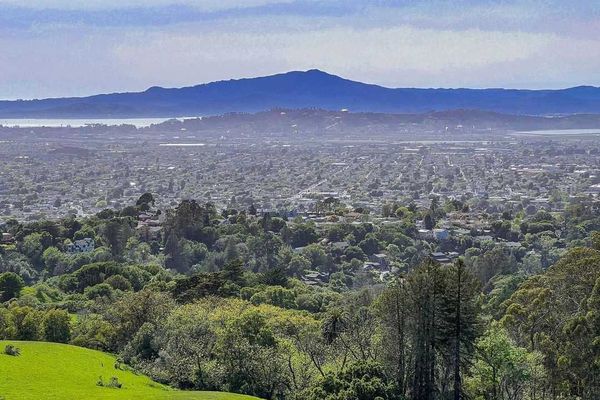Fed up with how long it takes to get a doctor's appointment? With long waits in a room filled with sick people? With brief checkups resulting in a prescription for a marginally effective drug?
One Medical Group says there is a better way.
Founded in San Francisco by Dr. Tom X. Lee in 2007, One Medical is a radically different kind of health service, completely digital and interactive in ways that take much of the pain out of the entire experience for both doctors and patients.
"The way we look at it," says Lee, "is that we are trying to redesign the primary health care environment from the old model centered around the doctor's office to one where we work with patients in the digital realm, allowing the office to becomes simply an extension of our relationship with the patient."
What that means in practice is same-day appointments and much more time with doctors who really get to know you in the process. Not to mention some lovely reception areas (see photo.)
Afterward, you can continue interacting with One Medical's doctors and nurses by email or text message, and get many of your basic health-care needs, including prescriptions, met without further office visits or those lousy "co-pays."
No wonder that at a time most medical practices are cutting back, One Medical is growing rapidly, with tens of thousands of patients visiting its five locations in the city (plus one in Larkspur). Its staff currently numbers 125, roughly a third of whom are doctors hand-picked for their commitment to what Lee terms "a more egalitarian, partnership model" of health care.
With a background in software as co-founder of the medical reference service Epocrates, Lee has devoted much effort to his service's UI, striving for it to be "elegant, intuitive and simple" for both doctors and patients to use.
"We use a distillation process following the 80/20 rule" -- 80 percent of the drugs prescribed by doctors can be essentially pre-characterized -- "to reduce the process down from 6-7 clicks in the legacy EHR systems to two clicks."
In addtion to simplifying the process for doctors, Lee's system employs "translation engines to make the data accessible to consumers. So it generates 'prescriptionese' for the pharmacy, but English for the patient."
This addresses one of the main reasons digital health records have been so slow to be adopted by physicians over the years, which is the time-consuming data-entry model driven not by diagnostic information but by billing data, as demanded by insurers.
"The health care system is already fully digital when it comes to billing," notes Lee, wryly. "But the insurance companies value volume over quality, and those legacy systems just slow doctors down. If doctors have more time, they can share more health information with patients. Our premise is that the doctor and the patient know their data better than the insurers ever will."
Among the consumer tools developed by One Medical is an iPhone app that allows a patient, say, with a common urinary tract infection to discuss her symptoms virtually with a nurse and get a prescription without ever having to visit the office and meet with her doctor.
"Most such infections are easily diagnosed and treated," says Lee. "There is a great deal of knowledge among doctors about this problem and we take that knowledge and embed it in an app. We've done it with care so that the more complicated infections will not get lost in the process."
Joining One Medical costs a patient about $150/year to access its new model of "high-touch, high-tech" primary health care. Outside of the Bay Area, the company has three offices open in New York, and expansion into further markets is planned.
One Medical's San Francisco Bay Area Locations:
110 Sutter Street, 6th Floor, San Francisco, CA 94104
900 Larkspur Landing Circle, Larkspur, CA 94939
Two Embarcadero Center, Lobby Level, San Francisco, CA 94111
559 Clay Street, 2nd Floor, San Francisco, CA 94111
3901 23rd Street, San Francisco, CA 94114
201 Spear Street, Suite 230, San Francisco, CA 94105





















